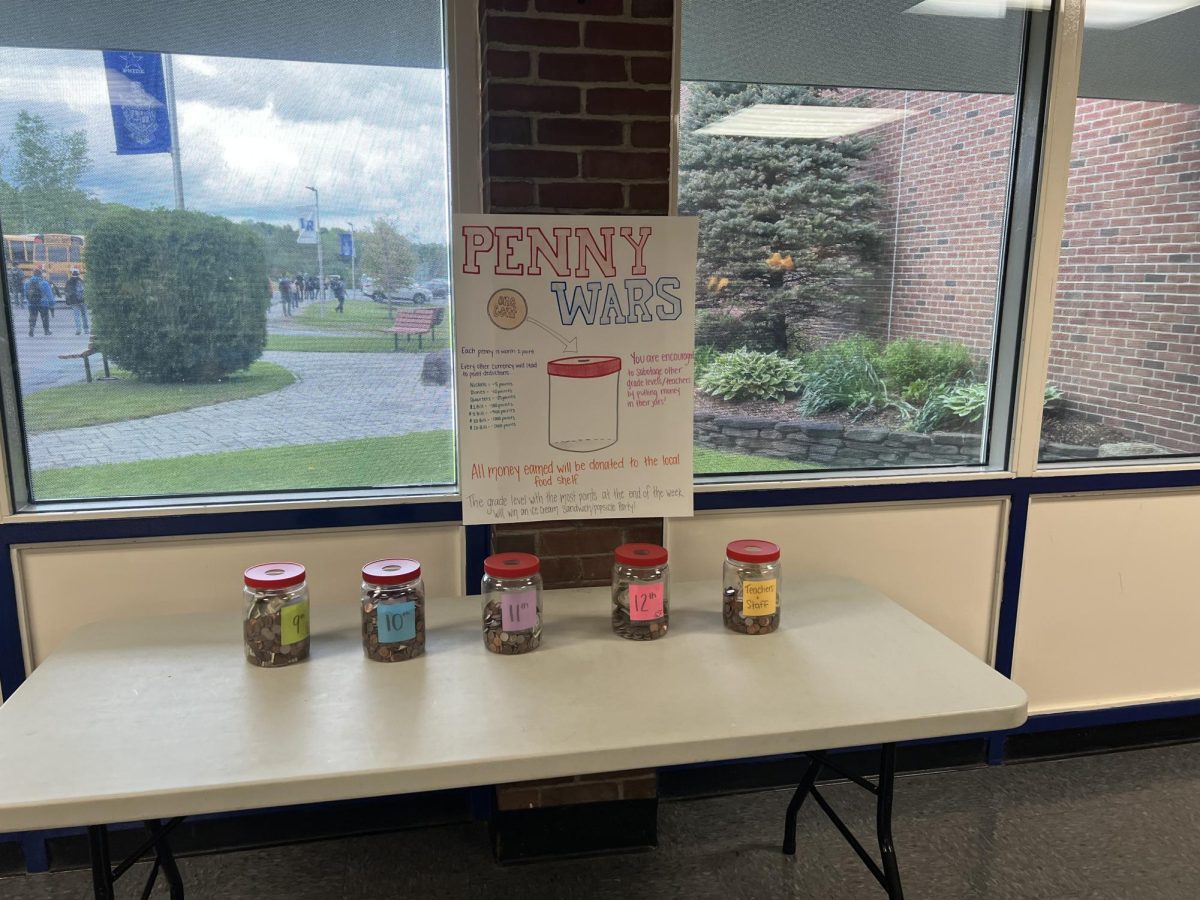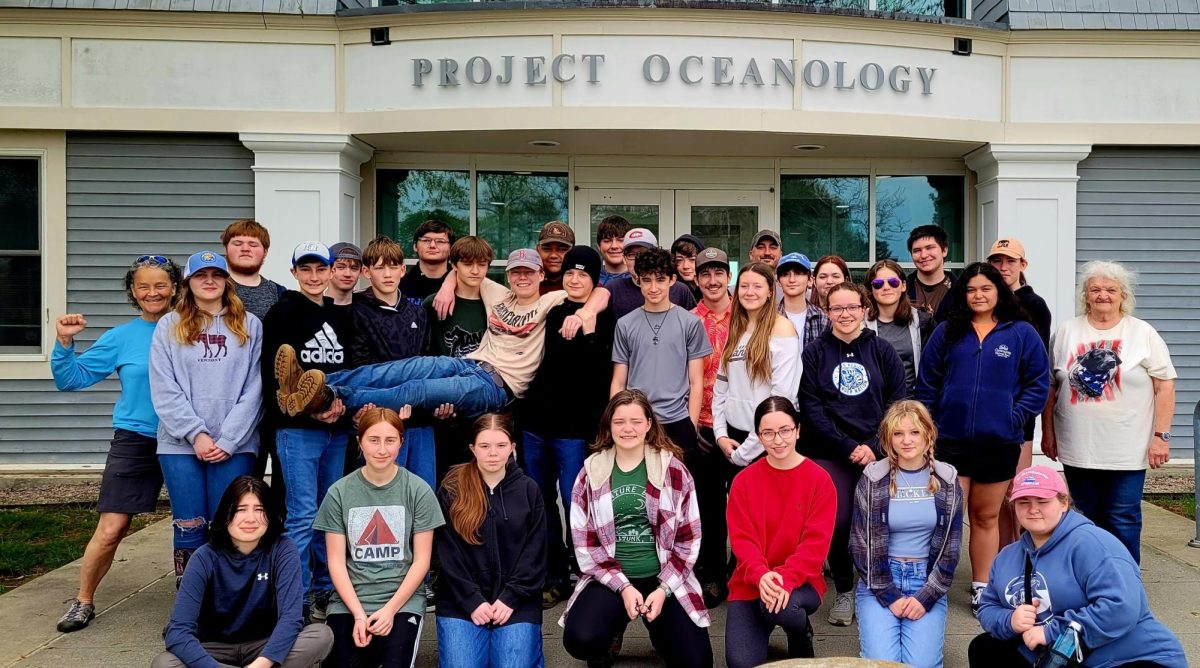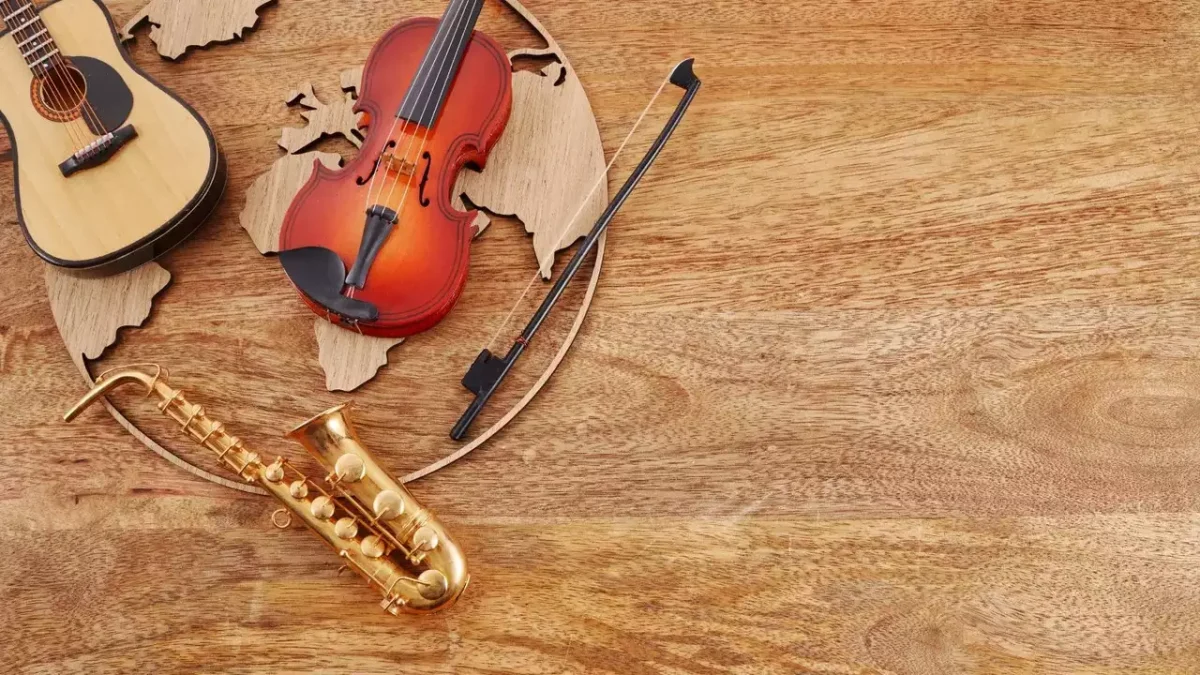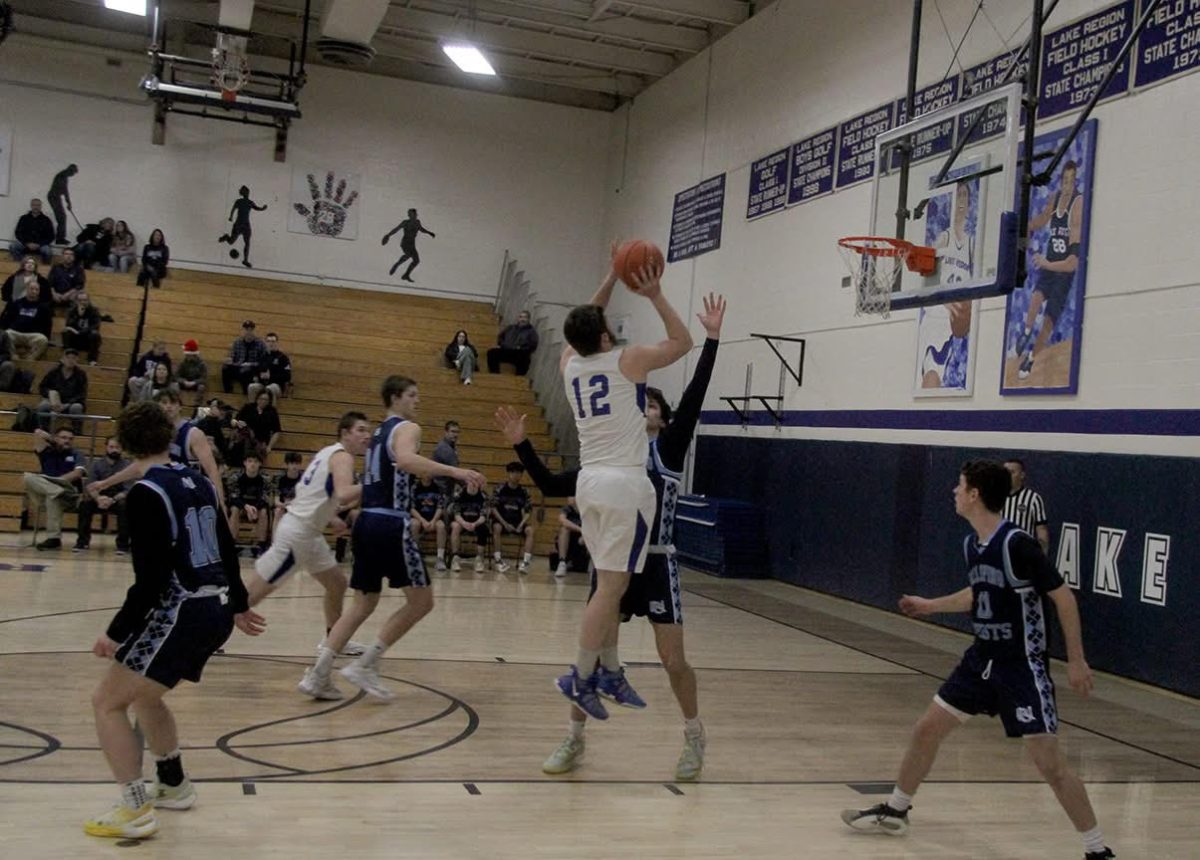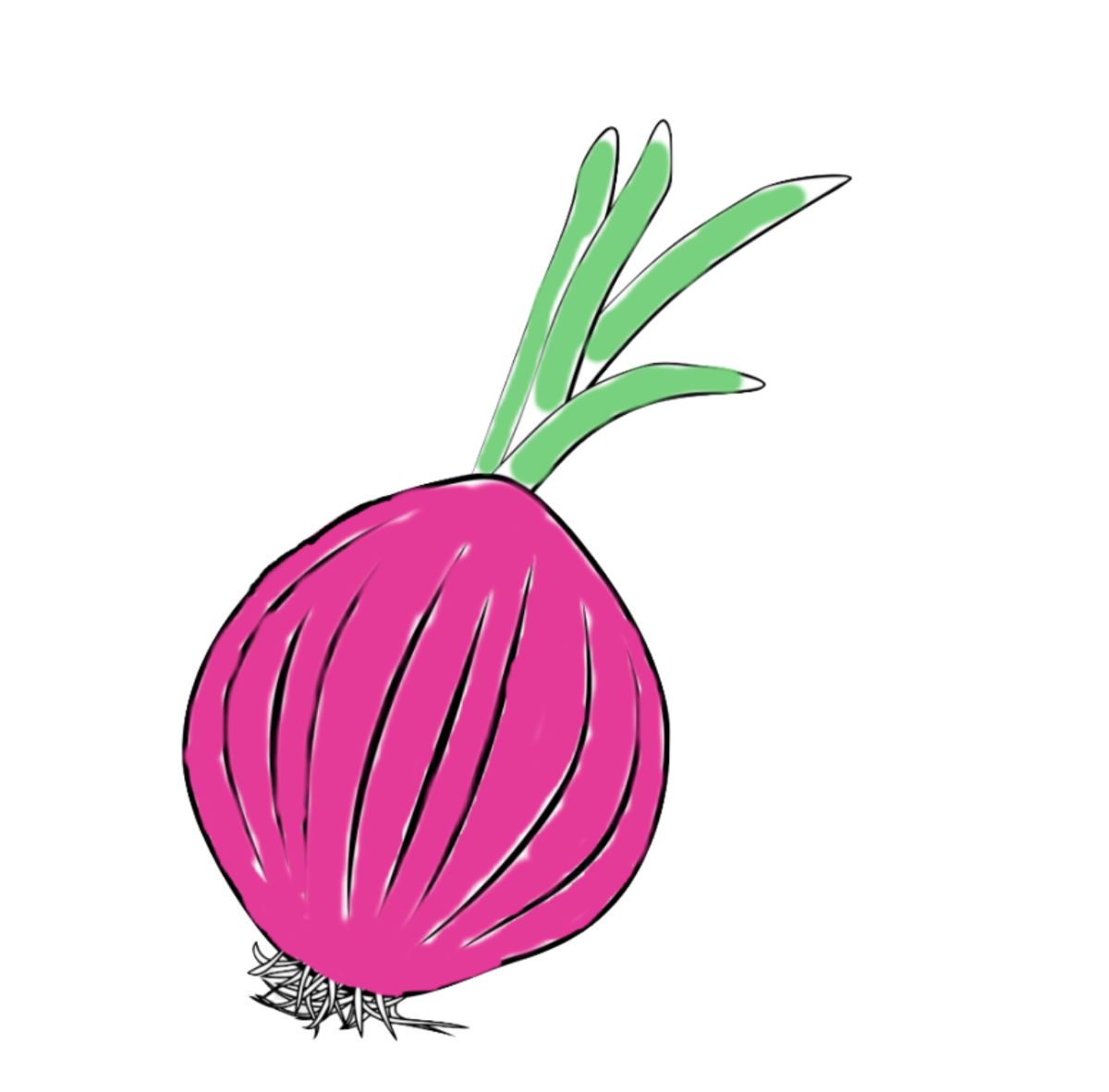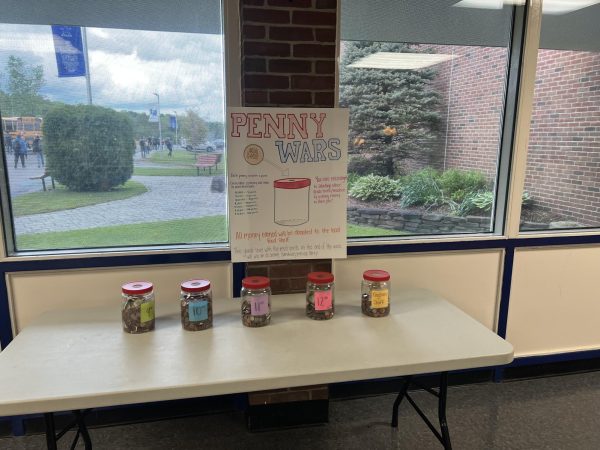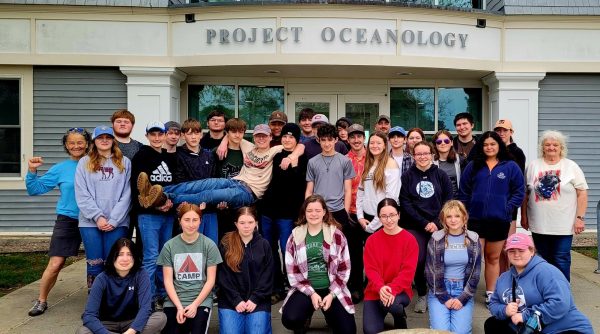Hydroponics at LR
The Lake Region Horticulture class with Mr. Byrne is providing food for Lake Region in a process called hydroponics. Read more to find out all about what the class is doing, how they’re doing it, and some of the people who are involved.
When Belle Lemrise moved to Vermont, it was quite overwhelming. She lived in Connecticut her whole life and had had the same friends since she was a child. She decided to join the Horticulture class with Mr. Byrne to do something she liked, while gaining some credits. She was slightly hopeful to make some new friends as well. She wasn’t entirely sure what this class would entail, but she decided to explore this new idea.
Mr. Byrne, Lake Region’s Vocational and Agricultural director, came to Lake Region four years ago excited to provide as many hands on opportunities as possible. His goal in all his classes is to give students the tools they need to do things themselves.
He tells all his classes, “You only get a certain amount of money each year, so are you going to pay someone to do things for you, or are you going to do it yourself?” He hopes that his classes will inspire students to think sustainably, both for the planet and for their checkbooks.
Under his direction and guidance, the horticulture class has been supplying food for the cafeteria for 4 years. They use a technique called hydroponics which is growing plants soilless. The plants grow in a garden column. At the bottom of the column is where you fill the tub with water and nutrients to increase plant growth. The tower has two timers; one turns on the water pump, and the other is for the lights. The lights are timed to stay on for 16 hours a day and the water comes on for 15 minutes every hour. The plant seeds are placed in rockwool which is made out of fiber. Once the seeds are planted, the plant will begin to sprout. Once it sprouts, the plant is placed into the garden towers. The seeds usually take three days to germinate and two weeks to mature until they are ready to be harvested.
This is called self-sustainability. Mr Byrne reiterated that the intention of this class is to teach the students how to rely on yourself for our daily needs, rather than getting resources from someone else. Taking part in the horticulture program gives you the opportunity to see how the process works. Within three days, seeds have germinated. Within three weeks, heads of lettuce are ready to be harvested. As well, students learn what goes into growing the plants and how healthy and safe they are for your body.
The horticulture class has also grown plants in the fish tanks. The plants are placed into small cups filled halfway with lava rocks, which hold the plant up. The small cups are then placed on a foam board to float on the water. With the water being soaked up, and the nutrients from the fish’s waste, the plants have what they need to grow. The class is growing different types of lettuce and kale, along with corn, peppers and the fish when they reach maturity.
Today, all over the world, there are extraordinary green houses that have switched to hydroponics to supply fruits and vegetables for restaurants, stores, etc. It’s a great technique to learn and to be able to easily grow these resources. The class gives students an opportunity to learn and have fun growing the school’s own food. There is a great feeling of pride to know that the cafeteria uses the foods that you have grown to supply the school with lunches.
For Belle, the horticulture program has allowed her to learn some new skills and have fun at the same time. This year she is the student leader of the program, in charge of taking care and maintaining the plants daily. “This class was very educational and fun” she said. “I learned many things about being self-sustainable. I would definitely recommend this class to other students to be able to grow their own plants and to have the skills to rely on themselves when they get older, having independence.”
